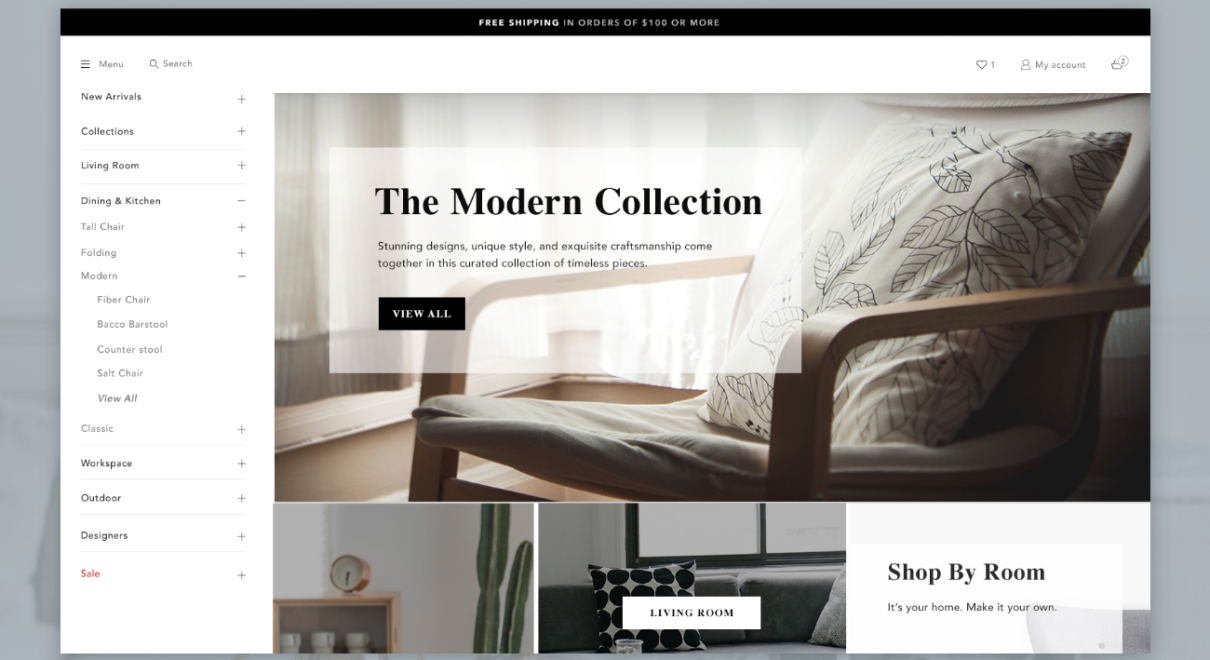Home decor is a booming e-commerce niche, with customers looking for unique and stylish items to personalize their living spaces.
However, marketing in this space goes beyond listing products; it’s about creating an emotional connection and inspiring customers to envision your products in their homes.
In this article, we’ll explore proven marketing strategies to help your home decor e-commerce store stand out and drive sales.
Why Marketing Matters in the Home Decor Space
- Emotional Purchases: Home decor purchases are often driven by aesthetics and personal taste.
- Highly Visual Products: Marketing efforts must showcase products beautifully and effectively.
- Inspiration-Driven Buying: Customers often seek ideas, which makes content marketing and visuals critical.
Strategies for Home Decor E-commerce Marketing
- Showcase Stunning Visuals
- Use high-quality images and videos to highlight your products.
- Invest in lifestyle photography that shows items in real-life settings.
- Incorporate 360-degree views or AR tools to let customers visualize products in their spaces.
- Create Inspirational Content
- Write blog posts on interior design tips, color trends, or seasonal decor ideas.
- Share “How-To” guides or tutorials for styling your products.
- Use videos to demonstrate room makeovers featuring your items.
- Leverage Social Media Platforms
- Use Instagram to post visually appealing images, reels, and stories.
- Pin product photos and design ideas on Pinterest to reach decor enthusiasts.
- Post short, engaging videos on TikTok showing before-and-after room transformations.
- Build a Strong Brand Story
- Share the inspiration behind your designs or your brand’s sustainability efforts.
- Use storytelling to connect with your audience emotionally.
- Invest in Paid Ads
- Run Facebook and Instagram ads targeting homeowners, renters, or interior design enthusiasts.
- Use Google Shopping ads to display your products in search results for queries like “modern coffee table” or “boho wall art.”
- Retarget website visitors with dynamic ads showcasing the products they viewed.
- Focus on SEO for Organic Traffic
- Target long-tail keywords like “mid-century modern furniture” or “DIY home decor ideas.”
- Optimize product pages with detailed descriptions, meta tags, and alt text for images.
- Create evergreen content around home decor trends and tips.
- Collaborate with Influencers and Designers
- Partner with interior designers or lifestyle influencers to showcase your products in their spaces.
- Offer free products or affiliate commissions in exchange for promotion.
- Feature user-generated content from your customers for authenticity.
- Offer Design Tools and Resources
- Provide a room planner tool or AR app to help customers visualize products.
- Share downloadable design templates or mood boards.
- Promote Seasonal Collections
- Launch themed collections for holidays or seasons, such as “Fall Cozy Decor” or “Holiday Essentials.”
- Use email campaigns and social media to build excitement for seasonal launches.
- Implement Upselling and Cross-Selling
- Suggest complementary items on product pages (e.g., matching pillows for a sofa).
- Bundle products into curated sets like “Living Room Essentials.”
Best Practices for Home Decor E-commerce Marketing
- Mobile Optimization: Ensure your website is responsive and easy to navigate on mobile devices.
- Focus on Customer Reviews: Encourage customers to leave reviews and post photos of their purchases.
- Streamline Checkout: Offer guest checkout, multiple payment options, and transparent shipping policies.
- Use Free Shipping Offers: Highlight free shipping for orders above a certain value to encourage larger purchases.
Tools for Home Decor E-commerce Success
- Canva: For creating mood boards, social media posts, and marketing materials.
- Shopify Apps: Plugins for AR tools, upselling, and customer reviews.
- Pinterest Business: To promote pins and analyze audience engagement.
- Google Analytics: To track customer behavior and optimize campaigns.
Common Challenges and Solutions
- Highly Competitive Market
- Differentiate with unique designs, sustainable practices, or exceptional customer service.
- High Return Rates
- Provide accurate measurements, detailed descriptions, and AR tools for better decision-making.
- Customer Hesitation
- Use reviews, testimonials, and free returns to build trust.
Conclusion
Marketing home decor products online requires a blend of creativity, inspiration, and strategy.
By focusing on visually driven campaigns, leveraging social media, and offering an exceptional customer experience, you can turn your home decor e-commerce store into a destination for style-conscious shoppers.
Let me know if you’d like to include case studies, examples, or specific marketing tools!







